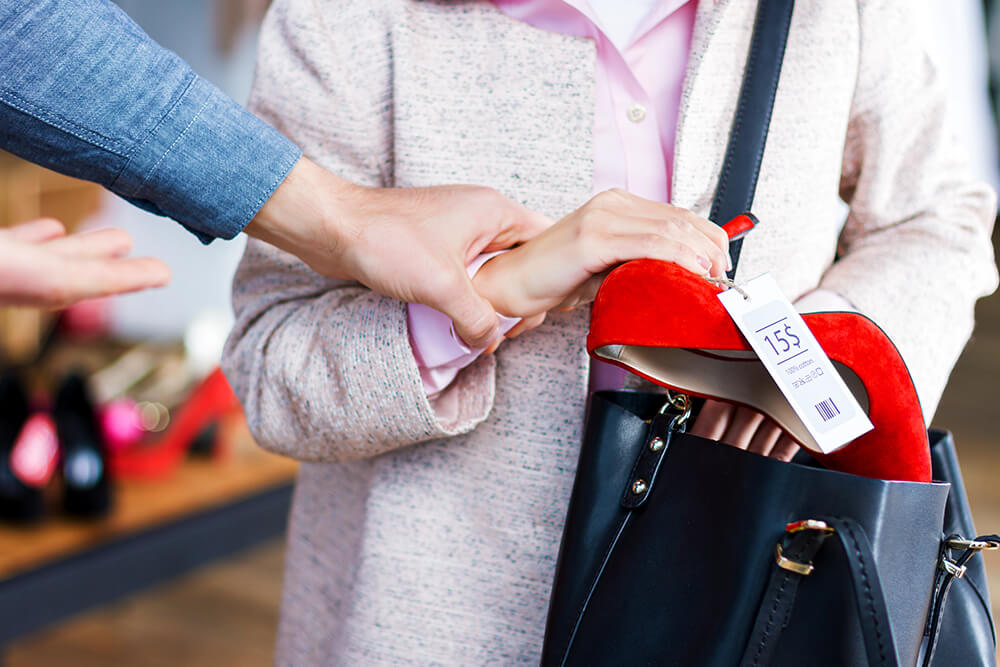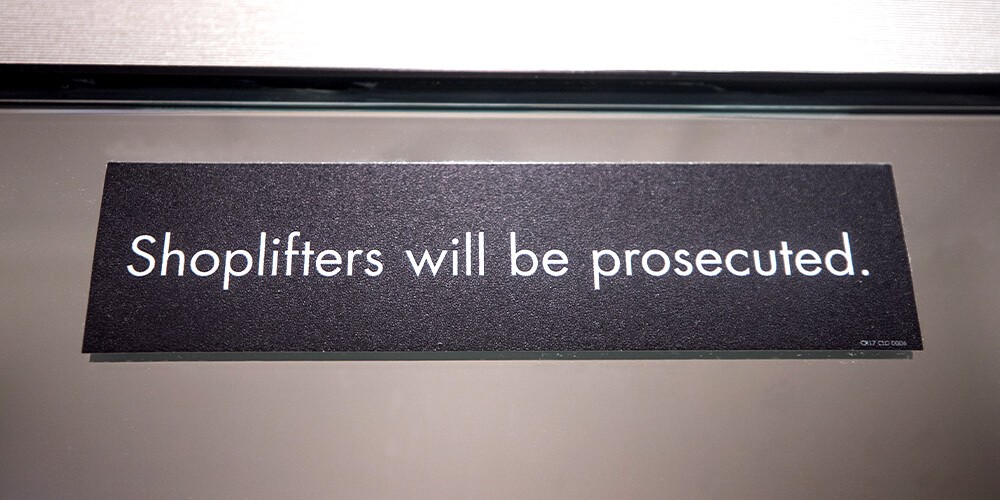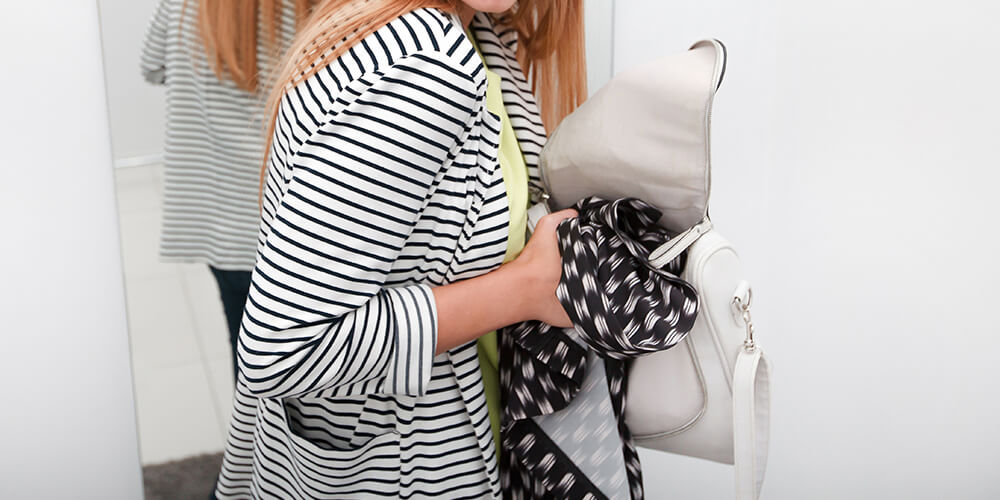
No slowdown in Organized Retail Crime
Organized Retail Crime (ORC) continues to be a major problem for the retail sector, with the latest survey from the National Retail Federation finding losses increased in 2020 and perpetrator aggression was also higher than the year prior.
Released in mid-December, the Organized Retail Crime Survey 2020 found Organized Retail Crime cost retailers an average of $719,548 per $1 billion in sales, which was up from $703,320 in 2019. Meanwhile, many retailers have changed or are looking to change their store policies as a result.
Here’s an insight into what the annual ORC survey revealed.
Organized Retail Crime continuing to rise
Last year marked the fifth consecutive year that retailers reported Organized Retail Crime had topped $700,000 per billion in sales.
In 2020, they noted the figure was on average $719,548, which was an increase of over $16 million in 2019 and significantly greater than in 2015 when the figure was just $453,940.
In fact, three in four retailers said ORC had increased in the past year with almost a third noting that increase was significant, and many attributed the rise to changes in legislation that raised the threshold of what constitutes a felony.
Retail response

In response to the increased threat, the report most retailers were turning their attention to theft prevention.
In the past 12 months:
- 33 per cent of retailers surveyed had changed their return policy, while 19 per cent intended to
- 29 per cent had changed their Point of Sale policy, while 16 per cent intended to
- 20 per cent had altered their trespass policy, while 7 per cent intended to
- 14 per cent had changed their employee screening policy, while 14 per cent intended to
Meanwhile, 61 per cent of retailers noted their company was now prioritising Organized Retail Crime more than they did five years ago, 52 per cent said their company was allocating additional technology resources to address risk, and 36 per cent said their company was increasing its annual loss prevention budget.
More aggression
The majority of retailers also reported Organized Retail Crime involved more violence in 2020 than it did in 2019.
Almost a third of respondents (31 per cent) said perpetrators were much more aggressive, 26 per cent said they were somewhat more aggressive, 41 per cent reported the aggression was the same as the year prior and just two per cent said perpetrators were less aggressive.
Top items stolen

When it came to the products commonly targeted by perpetrators of retail crime, the report found designer clothes well and truly topped the list, accounting for 34 per cent of thefts.
Designer clothes were followed by:
- Laundry detergent (21 per cent)
- Designer handbags (16 per cent)
- Deodorant (15 per cent)
- Laptops/tablets (13 per cent)
- High-end liquor (13 per cent)
- Allergy medication (13 per cent)
- Pain relievers (13 per cent)
- Infant formula (13 per cent)
- Denim pants (11 per cent)
- Cigarettes (10 per cent)
- Contraceptives (10 per cent)
- Teeth whitening strips (10 per cent)
- Cell phones (8 per cent)
- Energy drinks (7 per cent)
- High-end vacuums (5 per cent)
- High-end appliances (5 per cent)
Should these items then be located or recovered, they were most likely found on other websites (59 per cent), in pawnshops (20 per cent), in check cashing stores (6 per cent), or at other venues (9 per cent).
About the survey
The NRF Organized Retail Crime Survey 2020 involved 61 anonymous retailers and was conducted between February and April 2020. Survey authors note it took place during the Covid-19 shutdowns and may reflect that uncertainty.
The full NRF report is available here, while retailers can gain further insight into strategies to mitigate ORC here.


